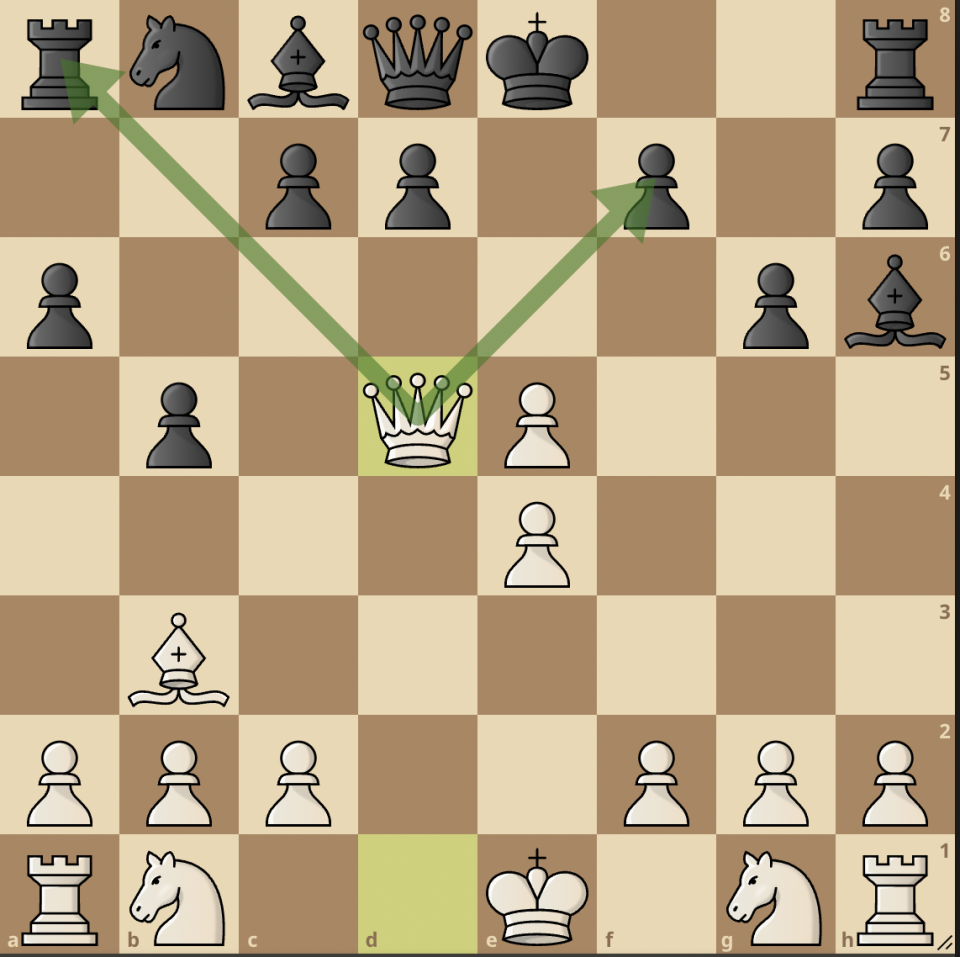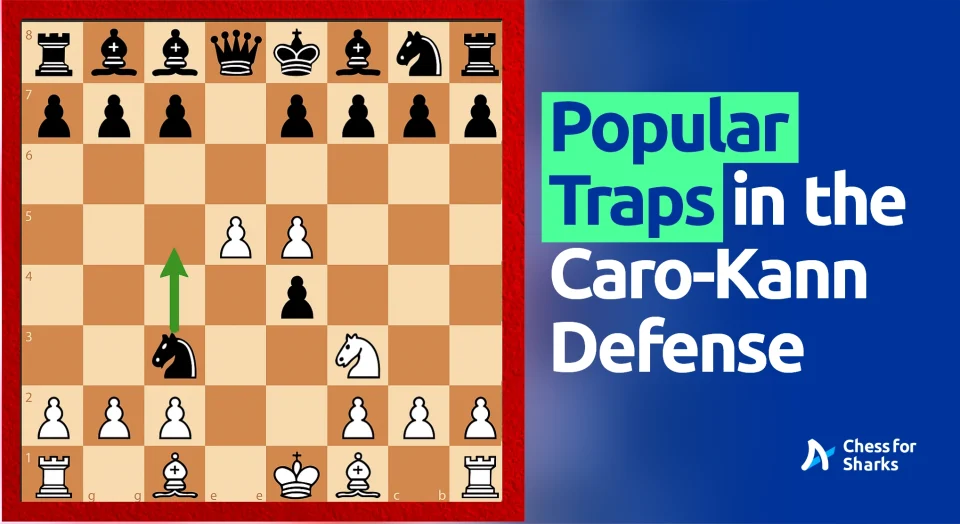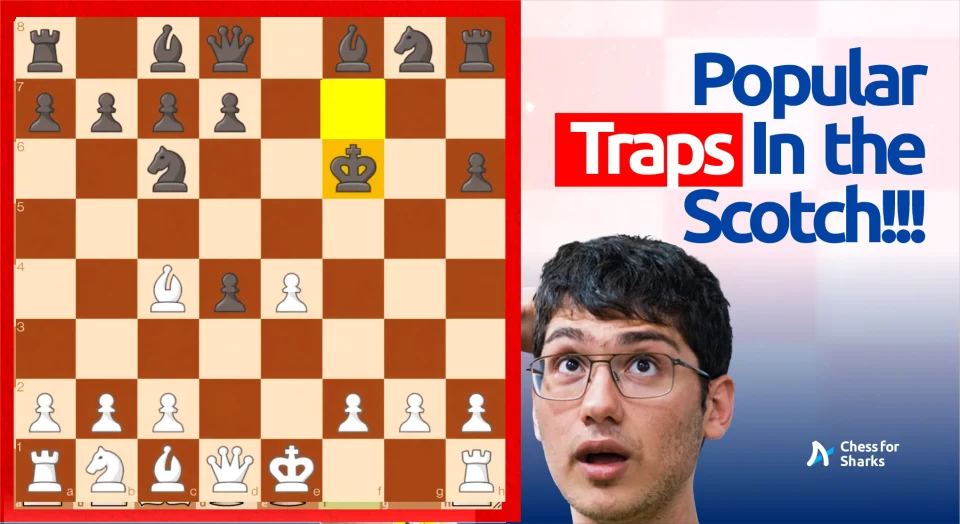You’re sitting across from your chess opponent, staring at the board, wondering how to gain the upper hand. A clever tactic like the double attack could be just what you need. A double attack is when you threaten two of your opponent’s pieces with the same move, forcing them to save one piece but lose the other. It’s a way to gain material and improve your position.
The key to a successful double attack is finding a move that attacks multiple valuable targets at once. Maybe your opponent has left their queen and rook unprotected, allowing your bishop to swoop in and attack them both. Or perhaps their knight is forking your pieces, but you spot a move that forks their knight and bishop in return. When used at the right time, a double attack can turn the tide of a game and snatch victory from the jaws of defeat.
So keep your eyes open for opportunities to double attack. Look for unprotected pieces, open diagonals and files, and any chance to threaten more than one target with a single move. Put your opponent in double jeopardy, and double your chances of winning the game. The double attack is a simple tactic, but one that can have a huge impact.
Understanding Double Attacks in Chess
A double attack is when your piece threatens two of your opponent’s pieces at the same time. It’s a clever tactic that can win you material or gain a positional advantage.
Finding Double Attack Opportunities
To spot double attack chances, look for positions where your pieces control lines, diagonals, or open files that contain two or more enemy pieces. For example, a bishop controlling a long diagonal with opponent’s pieces on either end, or a rook on an open file with enemy pieces before and after it.
(-) A knight in the center of the board is also well-placed to fork two enemy pieces.
(-) Pawns can also double attack by forking enemy pieces after advancing and promoting to a queen.
Executing a Double Attack
Once you’ve identified a double attack opportunity, you need to calculate whether capturing one piece or the other leads to the biggest gain. Consider:
(1.) The value of the pieces (queen vs. rook, etc.)
(2.) How it opens up the position
(3.) Tactics it allows you like discovered attacks
(4.) How it impacts king safety
After determining which enemy piece to capture, go ahead and seize it! Your opponent will only be able to recapture one of your pieces, leaving you ahead in material or with an improved position.
With practice, spotting double attacks will become second nature. Use them to gain an advantage and push your opponent onto the defensive.
Examples of Double Attacks
A double attack is when you threaten two of your opponent’s pieces at the same time with a single move. It’s a powerful tactic that can win you material or gain a strong position.
Examples of Double Attacks
Say you have a bishop that can attack your opponent’s queen and rook simultaneously. If they move the queen, you capture the rook. If they move the rook, you take the queen. Either way, you’re going to win a valuable piece.
You can also double-attack with a knight. Knights are great at forking two pieces that are close together. For instance, your knight could attack the enemy king and queen at the same time. Your opponent would have to move one of the pieces, allowing you to capture the other.
Using double attacks, you force your opponent into a difficult decision and gain the upper hand. You can’t go wrong attacking two birds with one stone – or in this case, two chess pieces with one move!
With some practice, spotting double-attack opportunities will become second nature. Look for enemy pieces that are lined up on the same diagonal, file, or rank. Or pieces that are close enough together that your knight can fork them. Putting your opponent in these lose-lose situations is a sure way to gain an advantage in the game.
How to Defend Against Double Attacks
Defending against double attacks in chess requires strategic thinking and careful positioning of your pieces. As with any attack, the best defense is a good offense, so look for opportunities to counterattack when your opponent leaves pieces undefended. But you must also protect your own weaknesses.
To defend against double attacks:
- Identify which of your pieces are under attack. Look for X-ray attacks, where two of your opponent’s pieces are attacking a piece behind other pieces. These can be tricky to spot, so examine the board carefully.
- Determine how valuable each attacked piece is. Losing your queen or king would be disastrous, so defend them at all costs. Other pieces may be sacrificed if needed.
- See if you can block one or both of the attacks. Use another piece to cut off the line of sight to your attacked piece. But be careful not to expose that defending piece to capture.
- Move the attacked piece to a safe square. Retreat the piece to get out of the crossfire. Look for a square that is defended and does not weaken your position.
- Counterattack to force your opponent to defend their own pieces. This may distract them from their double attack or win you material to compensate for any losses. Launch a double attack of your own against two of their valuable pieces.
- Consider sacrificing the attacked piece to gain an advantage elsewhere. If the attacks are difficult to thwart, you may need to surrender that piece to open up the board or gain a positional edge. Only do this if the resulting position clearly favors you.
Defending against chess double attacks takes practice. The key is staying calm under pressure, thinking before reacting and trying to turn the tables to your advantage whenever possible. With some cunning strategy, you can emerge unscathed or even win the exchange.
Conclusion
So now you know – the double attack is a clever tactic in chess where you threaten two of your opponent’s pieces simultaneously with the same move. Pretty slick, huh? While it may seem like an advanced technique, anyone can pull off a double attack, even beginners. Just look for opportunities where two of your opponent’s pieces are on the same rank, file, or diagonal, and see if you have a piece that can attack them both at once. The double attack is a great way to gain a material advantage and throw your opponent off. Next time you play, try setting up a double attack of your own. Your opponent won’t see it coming.







join the conversation